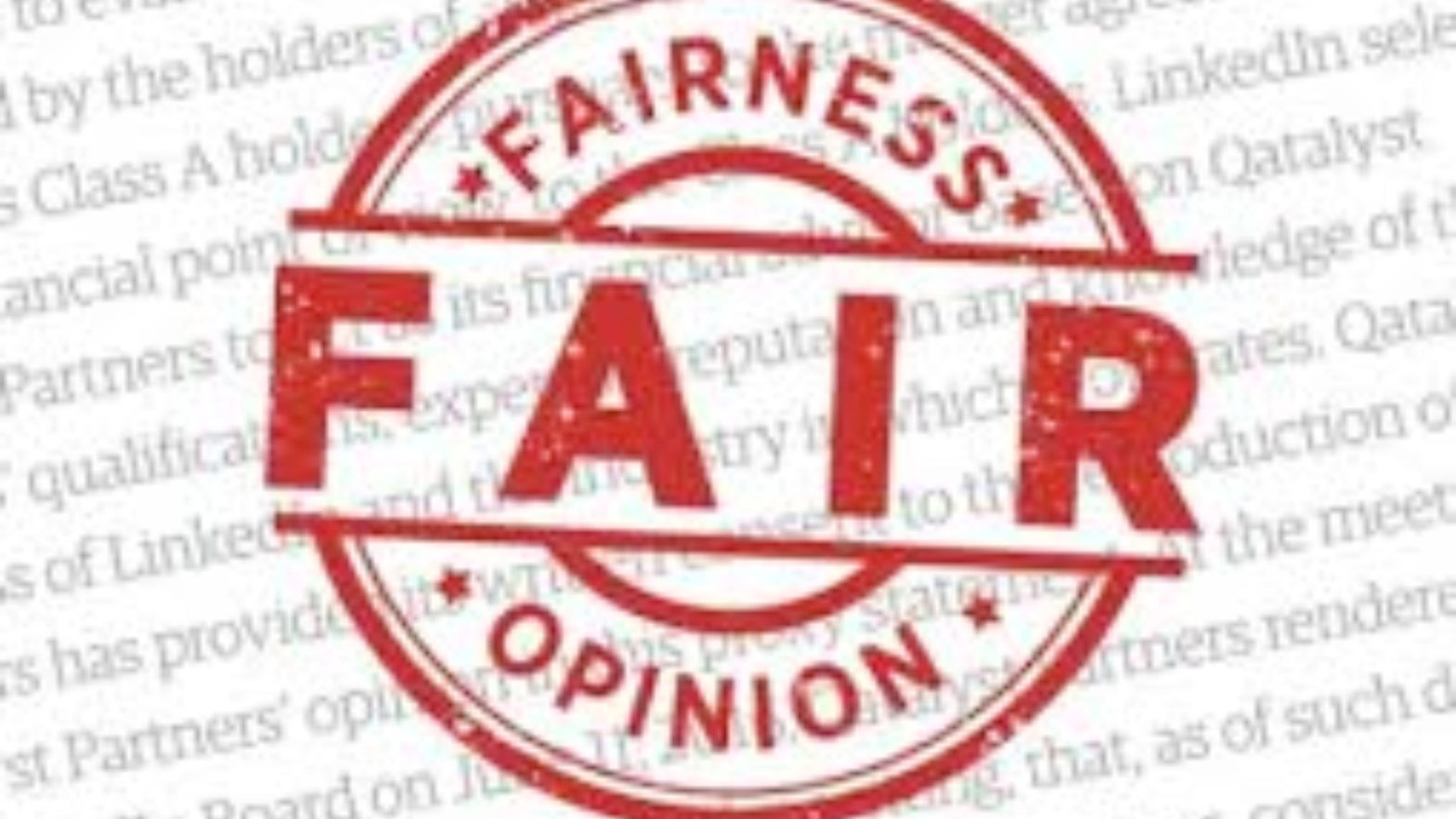The Fairness Doctrine was a controversial broadcast policy enforced by the Federal Communications Commission (FCC) in the United States from 1949 to 1987. Despite being off the books for over 30 years now, the Doctrine remains a hotly debated topic in media regulation circles.
History and Origin of the Fairness Doctrine
The Fairness Doctrine has its origins in the early days of radio broadcasting. Prior to 1927, radio airwaves were mainly used by individuals like hobbyists and ham radio operators. But after Congress passed the Radio Act of 1927, the airwaves became a public resource regulated by the Federal Radio Commission (FRC), the predecessor to the FCC.
As radio broadcasting grew more popular in the 1930s and 1940s, there was concern about stations airing one-sided political viewpoints. In response, the FRC introduced the Fairness Doctrine in 1949, which the FCC later adopted. The policy codified the FRC’s previous Fairness standard that required broadcast licensees to “cover vitally important controversial issues of interest in their communities and to provide a reasonable opportunity for the presentation of contrasting viewpoints”.
The Fairness Doctrine was challenged in the 1969 Supreme Court case Red Lion Broadcasting Co. v. FCC. Broadcasters argued the policy violated their First Amendment free speech rights. However, the Court upheld the constitutionality of the Doctrine in a unanimous decision, citing the scarcity of broadcast frequencies as justification. This enshrined the policy into case law.
Key Provisions of the Doctrine
The Fairness Doctrine contained two key provisions that broadcast licensees were required to follow:
- Cover both sides of controversial public issues in their coverage area. This meant broadcasting contrasting views so the public could make informed decisions.
- Give individuals or groups who were directly criticized in a broadcast opportunity to respond and have their side aired. This meant stations had to reach out to give rebuttal time.
The Fairness Doctrine applied to both commercial and public broadcast TV and radio stations. It was intentionally broad, allowing the FCC flexibility in enforcing the policy on a case-by-case basis.
While the Doctrine technically still applies to television networks like ABC, NBC and CBS, it became harder to enforce as new media like cable TV emerged. With so many TV channels, the FCC couldn’t monitor and enforce Fairness standards across all networks. This paved the way for its repeal.
Criticisms of the Fairness Doctrine
Though the Fairness Doctrine was created with good intentions, it received criticism from both broadcasters and lawmakers over the years:
- Infringed on editorial discretion – Broadcasters disliked having to cover issues the government deemed “controversial” and provide contrasting viewpoints. They argued this infringed on their editorial freedom.
- Chilled speech – Some argued the Fairness Doctrine had a chilling effect on speech as stations avoided covering controversial issues altogether to avoid triggering Fairness obligations. This robbed the public of robust debate on issues.
- Not needed due to media abundance – The media landscape expanded significantly by the 1980s with cable and satellite TV. Critics argued there was no longer a scarcity of viewpoints, eliminating the need for Fairness rules.
- Unconstitutional – Opponents maintained the Fairness Doctrine violated the First Amendment rights of broadcasters, despite the 1969 Supreme Court ruling that upheld its constitutionality.
- Not enforced properly – The FCC faced criticism that it did not enforce the Doctrine consistently, with some arguing it was used to intimidate stations from airing certain views the government disliked.
Repeal of the Doctrine
With criticisms mounting, the FCC initiated steps to repeal the Fairness Doctrine in the 1980s under the Reagan administration. After a 1985 FCC report asserted the Fairness Doctrine was no longer having its intended effect, the agency stopped enforcing it. This led to a legal challenge by a coalition of media groups.
The resulting court decision in Meredith Corp. v. FCC (1987) found that the Fairness Doctrine was not mandated by Congress and the FCC could repeal it. The FCC officially removed the policy from its rulebooks in August 1987.
This marked the end of the decades-long Fairness Doctrine. However, there have been several attempts by Democrats in Congress to reinstate the policy in some form over the years. These have so far been unsuccessful.
Conclusion – Should the Doctrine be Reinstated?
The Fairness Doctrine has lived on as a recurring debate around media regulation over the past 30+ years. Supporters argue bringing back some form of the policy could curb excessive bias and misinformation in today’s partisan media landscape.
However, critics maintain the Doctrine is outdated for the modern media world and would face steep First Amendment hurdles. They say reinstatement could have a chilling effect on free speech.
There are reasonable arguments on both sides of this complex issue. One potential compromise could be implementing Fairness rules in a limited fashion for over-the-air broadcast networks, given they still utilize public airwaves. However, any attempt to bring back the doctrine would likely trigger a fierce legal battle.
For now, the Fairness Doctrine remains an important case study in how we regulate media to balance free speech, editorial freedom, and promoting an informed public. It shows the difficulty in trying to legislate those ideals.

Leave a Reply